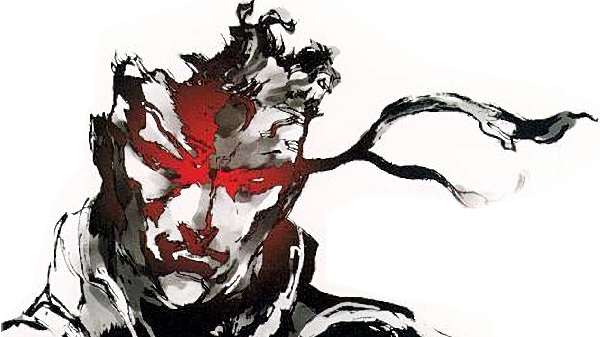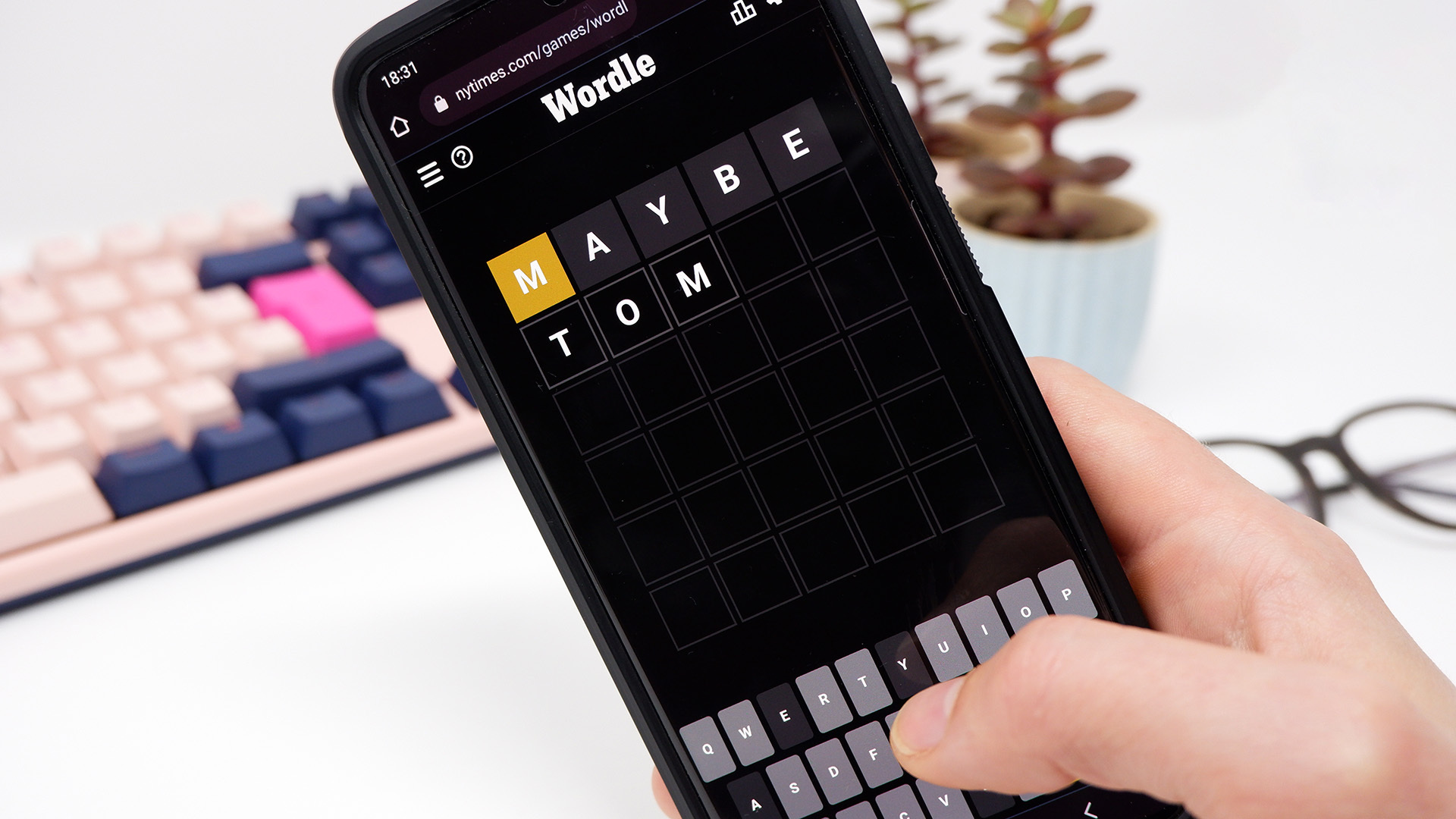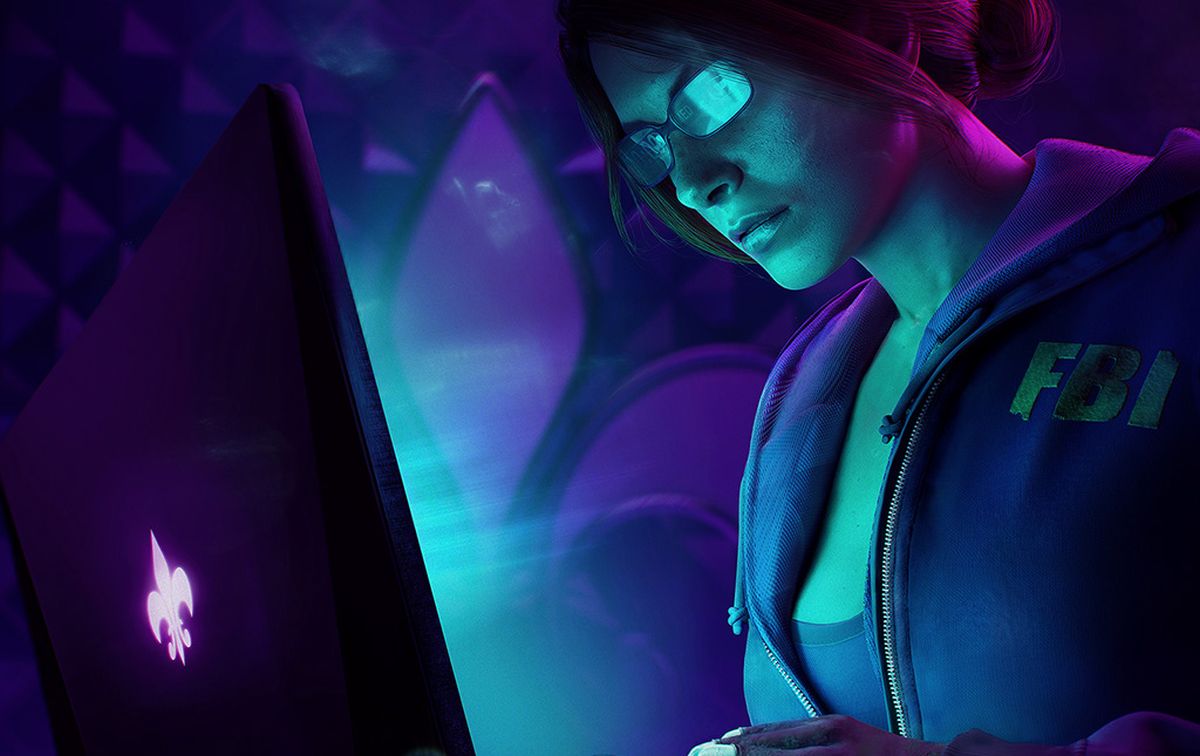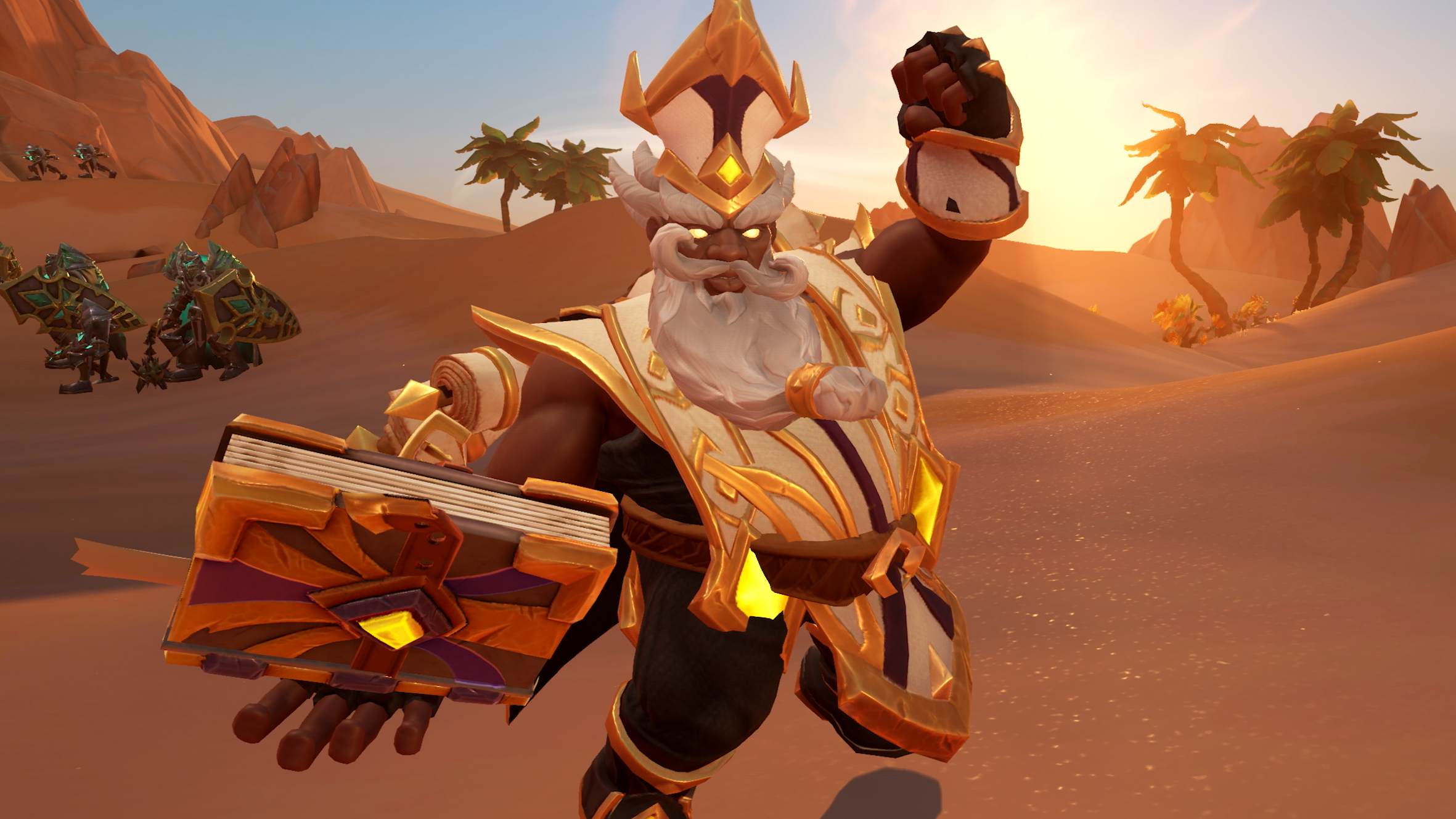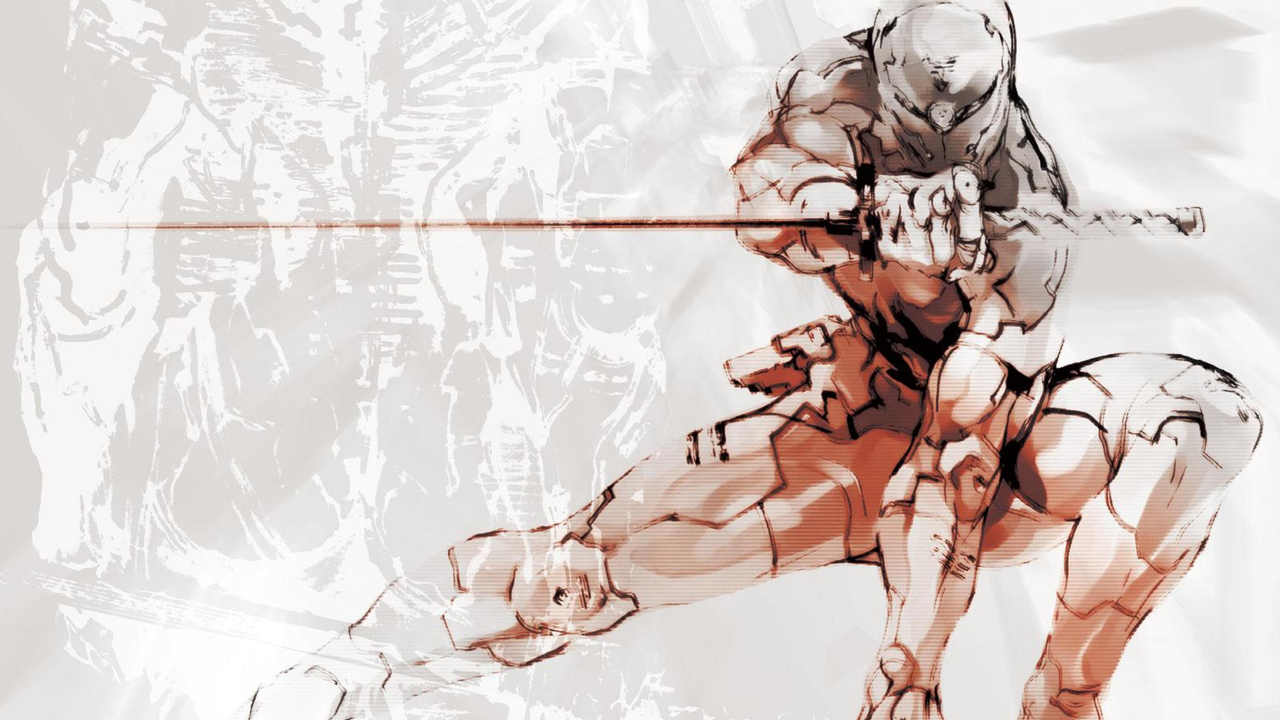
"I wanted characters who just from looking at their clothing you’d be able to tell what kind of person they were."
While it was far from his first game as director, 1998’s Metal Gear Solid is the title that established Hideo Kojima as one of the gaming greats. Pioneering in its cinematic approach, playfulness and outstanding imaginative parameters, the game marked a huge leap forward for 3D action generally, and single-handedly made stealth a genre that everyone from Sony to Ubisoft would try their hand at: None of the imitators, of course, got close to the Tactical Espionage Action that inspired them.
A contemporary interview about Metal Gear Solid from 1998 in the Japanese PlayStation magazine has now resurfaced, translated by Schmuplations and spotted by GR+, in which Kojima and series artist Yoji Shinkawa discuss the game’s development, and the latter’s influence over not just the game’s aesthetics but the core design. Kojima recalls seeing Shinkawa’s portfolio when assessing job candidates, and that “I’ve never seen anyone who I immediately wanted to give an S until Shinkawa” (Konami would internally grade submissions from C to A).
Kojima recalls the artist joining as they were wrapping up production on the original PC-9821 version of Policenauts, and reminisces about how picky Shinkawa was over the existing designs. “He complained about it up to the day before it went on sale,” laughs Kojima, adding that some of the suggestions would be incorporated in the later versions of the game on 3DO, PlayStation and Saturn.
Metal Gear Solid was already in the planning phase, and Kojima had a rough outline for the game but “had not decided on any of the finer details.” One of those rather important details was the mech at the centre of the game: The titular Metal Gear, which Kojima asked Shinkawa to design as a physical model. Shinkawa spent six weeks at home. “He was pretty locked up in his house there for awhile, so I’d call him occasionally, and dropped by a few times as a show of support,” recalls Kojima. “The floor of his room was littered with junk and scrap, it covered everything, there was nowhere to step!”
“And it smelled like paint thinner,” laughs Shinkawa.
The starting point for Metal Gear Rex, as the name suggests, was to make it somehow reminiscent of Tyrannosaurus Rex. “I mean basically it’s a weapon of war,” says Kojima, “so I told him ‘Don’t make it look like some robot from outer space.’ I had a huge number of specific requests. For instance, I said I wanted it to feel like, when the human pilot gets in, that life is being breathed into the mech for the first time. Like, even though it’s a weapon, when it moves it feels like a living creature. But when the pilot exits and it’s left alone, it looks just like a jeep or tank or some regular vehicle, and once the pilot gets in and is driving it, it looks like a dinosaur.”
As any fan of the series will tell you, part of Metal Gear’s appeal is how the mechs straddle the line between machine and mankind. They are gleaming metal colossi that move and groan and scream like there’s some biological component underpinning the circuitry, and that moment when Liquid Snake gets into the cockpit and Rex comes alive communicates exactly that sense of something inorganic coming to life, a machine somehow imbued with a soul.
Kojima credits Shinkawa with challenging and changing many of his initial ideas for the game, and says it changed his own methods. “Shin-chan possesses a very active imagination, and as soon as I hand him a task, before long he’s off making his own changes and modifications,” says Kojima, and asked to provide an example says “this ninja would be one. I originally had no plans to add a character like that.”
Kojima is referring to Gray Fox, better known as the cyborg ninja, who plays a key role in Metal Gear Solid and is core to some of the game’s most memorable fights and dramatic scenes. Why did Shinkawa draw him?
“Because it’s cool,” laughs Shinkawa.
“There were a lot of things added like that,” laughs Kojima. “‘Hell yeah, a ninja cyborg!’ But now, of course, he’s actually become a central character for the plot.”
Shinkawa recalls that Gray Fox began as a “normal soldier enemy” before “I thought I’d try drawing something cyborg-ish and this ninja-looking guy is what came out. Once I gave him a katana, the character really came to life for me. I thought, hey, this could actually work as a main character.”
Kojima also mentions Otacon, the slightly reedy scientist responsible for Rex who becomes Solid Snake’s ally and guide in Shadow Moses. As the name suggests Otacon was inspired by the idea of anime enthusiasts who attend conventions, and Kojima says Shinkawa is why the character ended up where it did and some distance from his original concept: “The image in my head was of a heavier guy, someone who’s always eating a chocolate bar, but somewhere along the way he turned out as you see here.”
Finally, Kojima recalls his desire for Metal Gear Solid’s characters to be “hardboiled” because the game was intended as “a serious, heavy story, and I wanted characters who could handle that world… I wanted characters who, just from looking at their clothing you’d be able to tell what kind of person they were, and what their motivations were.”
“That’s one reason why I struggled a bit with Snake’s design,” recalls Shinkawa.
“I remember, you struggled a lot,” laughs Kojima. “The first design looked like Captain Future, and he was orange-colored.”
“Now he’s black,” laughs Shinkawa, “pitch black.”
The full interview is well worth a read for any Gear-heads, and captures a younger and less-guarded Kojima in the days before he was one of the industry’s biggest celebrities. What is most striking is the collaborative bond between the pair, with Kojima both wise enough to realise he’s stumbled across an exceptional talent and brave enough to let that talent both inform and twist his own ideas. The Metal Gear Solid games veer between haunting and hilarious, capable of pontificating on geopolitics one moment and making a fart joke the next. The fact they hang together, and these worlds and characters feel so possible, is as much to do with Shinkawa’s imagination as Kojima’s ideas. No wonder that, thirty years on from wanting to give that portfolio an “S”, Kojima has kept Shinkawa as the beating heart of all his games.

